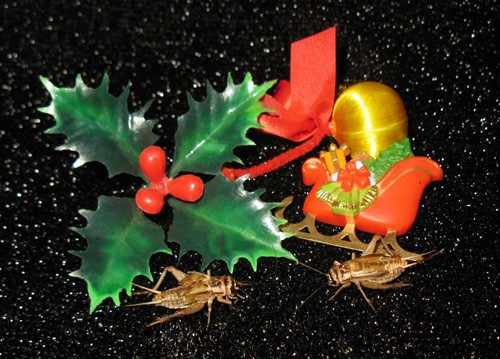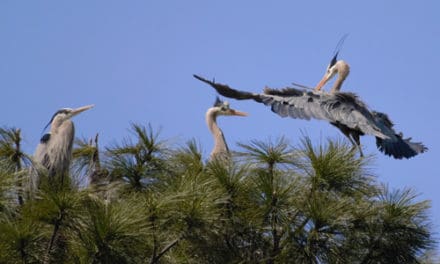By Jim Moore, Entomologist
Living within the lands of Mountain Valley Living are several kinds of crickets: Field Crickets, Ground Crickets, Tree Crickets, Camel Crickets, and, oh my, the so called Potato Bug Crickets. Of these, my favorites are the ‘chirping’ field and ground crickets. I love sitting out in the evening listening to the sounds of the crickets, whether it is just the chirping of one lone cricket under the deck, or the chorus of hundreds singing within one of our mountain meadows.
I am not alone in this affection. For centuries folks in China, both emperors and commoners alike, have brought their cricket friends into their homes to serenade their families. Charles Dickens, in his lesser known Christmas novella called “The Cricket on the Hearth: A Fairy Tale of Home” popularized the charm of the cricket in many western countries. In the first chapter of Dickens novella he personified a musical duel between a kettle of boiling water on the fire, and the cricket on the hearth: “The kettle had had the last of its solo performance. It persevered with undiminished ardor; but the Cricket took first fiddle and kept it. Good Heaven, how it chirped! Its shrill, sharp, piercing voice resounded through the house.” Many folks, I am sure, have seen the 1967 animated adaption “The Cricket on the Hearth” starring the voices of Danny and Marlo Thomas.

It is the courting male crickets that do the chirping, and each species has his own distinct song; and like a bird expert who often identifies a bird by only its song, so it is with cricket experts. The males use their chirping songs mostly to serenade and woo the females, but also to stake out their territories and to warn off other males. They have unique file and scraper like parts on their wings that when rubbed against each other produces the melodious chirping sounds.
For the lady cricket, it is not standing under the mistletoe that does the trick, rather, it is the song of her suitor resounding through the night air that draws her to his doorstep.











